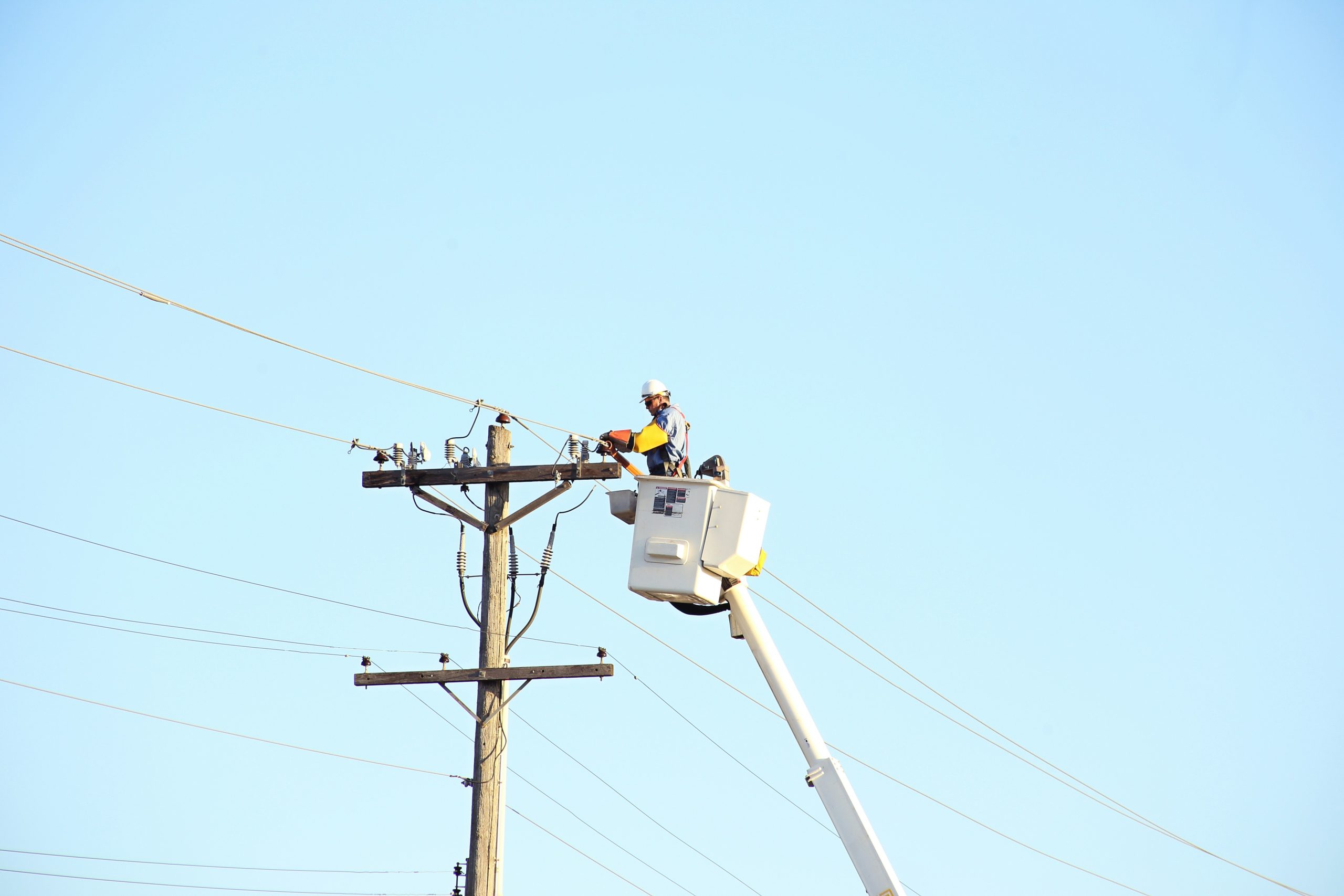It has been long reported that falling from height at work is the leading cause of workplace fatality. Unfortunately, this continues to be the case in 2023, as the number of fatalities caused by falling from height rose by five instances in the 2022 to 2023 period of recorded data. HSE data from 2022 to 2023 also showed falls from height were the cause of 8% of all non-fatal workplace injuries. There were an estimated 13,000 injuries in the last year of recorded data from 2023 caused by falls from height.
This is an important topic to highlight as working from height remains such a dangerous practice for workers. Here is some guidance* on what the most common injuries working from height can cause and advise on what workplaces can do to mitigate risk.
Most common injuries
Head injury
Falling from height can mean severe trauma to your head if you hit it on something as you fall or as you land. If not a serious risk of death, this could lead to life changing injuries such as brain haemorrhaging or skull fractures. Brain haemorrhaging is extremely dangerous and can cause death at a later date, if not serious disability. Fractures on the skull can also cause serious risk to your health as they can lead to bleeding on the brain. Wearing appropriate PPE and following safety guidance can reduce any risk of head trauma whilst you work.
Spinal injury
Damage to your spine from falling could lead to lifelong paralysis and losing the ability to ever walk again, that is if you do survive a serious fall. If you are not paralysed by a fall you could still suffer from lifelong problems as a result of spinal damage caused by the fall. Your employer should provide you with full training and appropriate equipment for working at height so you reduce any risk of spinal injury at work.
Rib fractures
Rib fractures could mean a break or a crack in your rib, which is as painful as you can imagine. This can additionally lead to risk of punctured lungs and furthered breathing problems if your fractured lung impacts other parts of your body.
Lung contusion
Lung contusions could mean breathing problems and wheezing, as the lung itself is bruised. If you experience this, you may have chest pain or shortness of breath. You will need to have an x-ray to confirm this by a medical professional. Lung contusions can lead to lifelong breathing problems, making it all the more important to avoid taking the risk of falling at work.
Cardiac and aortic rupture
Aortic rupture is when all the layers of the aorta wall tear, causing blood to leak out and stop the blood from being pumped around the body. This leads to hemorrhagic shock. If this happens it can be life-threatening, immediate medical intervention is required if you think someone has experienced this from a fall. Data states 8 out 10 people who experience this usually die before they make it to a hospital, underscoring the importance of taking all measures necessary to ensure your safety when working at height.
Broken limbs
Broken limbs are typically repairable but unpleasant and painful to experience. At best, a broken limb can be treated by a hospital and left to repair, but if more serious a broken bone could require metal plates or screws, depending on the intensity of the impact and how the bone broke. In addition to impacting worker’s health, this will mean several weeks of being unfit to work which could have significant financial impact on the individual to add further stress to their experience. It goes without saying workers will want to avoid this at all costs.
Amputation
The impact of a fall, or coming into contact with the wrong object, could mean loss of limbs as a result of the fall. Amputation could also be required if the limb is badly injured beyond repair and it is advised by medical professionals to amputate to maintain your wider health. Loss of limb can change the trajectory of a person’s life and impact their long term ability to work in a manual job. This is where using the correct equipment and PPE can make a huge difference to reducing risk of falls in the first place to protect workers from life-changing injury.
Minor injuries
Dislocated joints, fractures, sprains, contusions and lacerations are all common minor injuries experienced by those who fell from height. Across all causes of workplace injury beyond falling from height, strains and sprains were by far the most common. There were an estimated 124,000 sprains and strains recorded as workplace injury in 2022 to 2023.
What can employers do to reduce risk?
Malcolm Briggs, Marketing Manager at Horizon Platforms, shares the following advice: “Employers can implement many fundamental precautions to reduce the risks linked with working at heights. Employers are required to plan and organise all work involving heights in advance. Competency assessments for employees working at heights are mandatory and risk assessments should be conducted beforehand. Proper equipment, such as scissor lifts or cherry pickers, are recommended to be used where needed and workers operating powered access platforms should hold valid licences. Regular inspections and maintenance of access equipment are essential, so it’s vital to thoroughly vet a supplier before hiring a platform.
“If working at height is a requirement for a job or project, using the proper equipment should be the primary solution before people start work. A proactive approach ensures a safer work environment for everyone involved.
“The hope is that planning and training avoids work-accidents, but unfortunately accidents can and do happen for several reasons, and falling from height is one of the most serious accidents. If you witness a colleague falling from a height at work, remain calm and follow your company’s or the site’s procedure for dealing with such accidents. Ideally on site first aiders and trained people should take control of the situation, so it’s important to notify them as soon as possible.
Prompt action and proper communication in these incidents can make a significant difference to the outcome. For the most serious accidents or when you feel a colleague needs immediate medical assistance, dial 999. Also, senior members of staff and health and safety professionals should be informed of the accident to record the incident and carry out any necessary investigations.”
*Horizon Platforms







